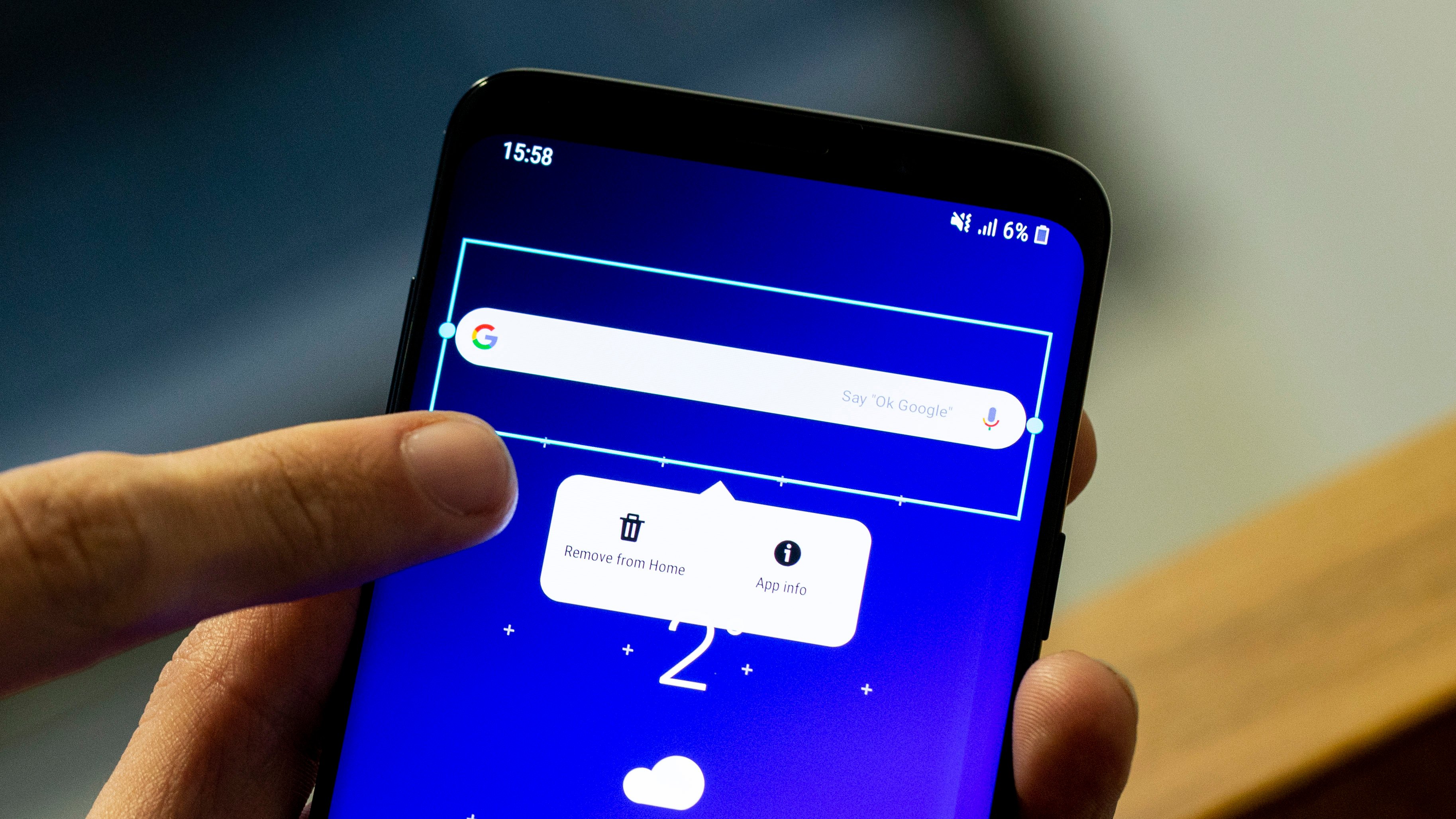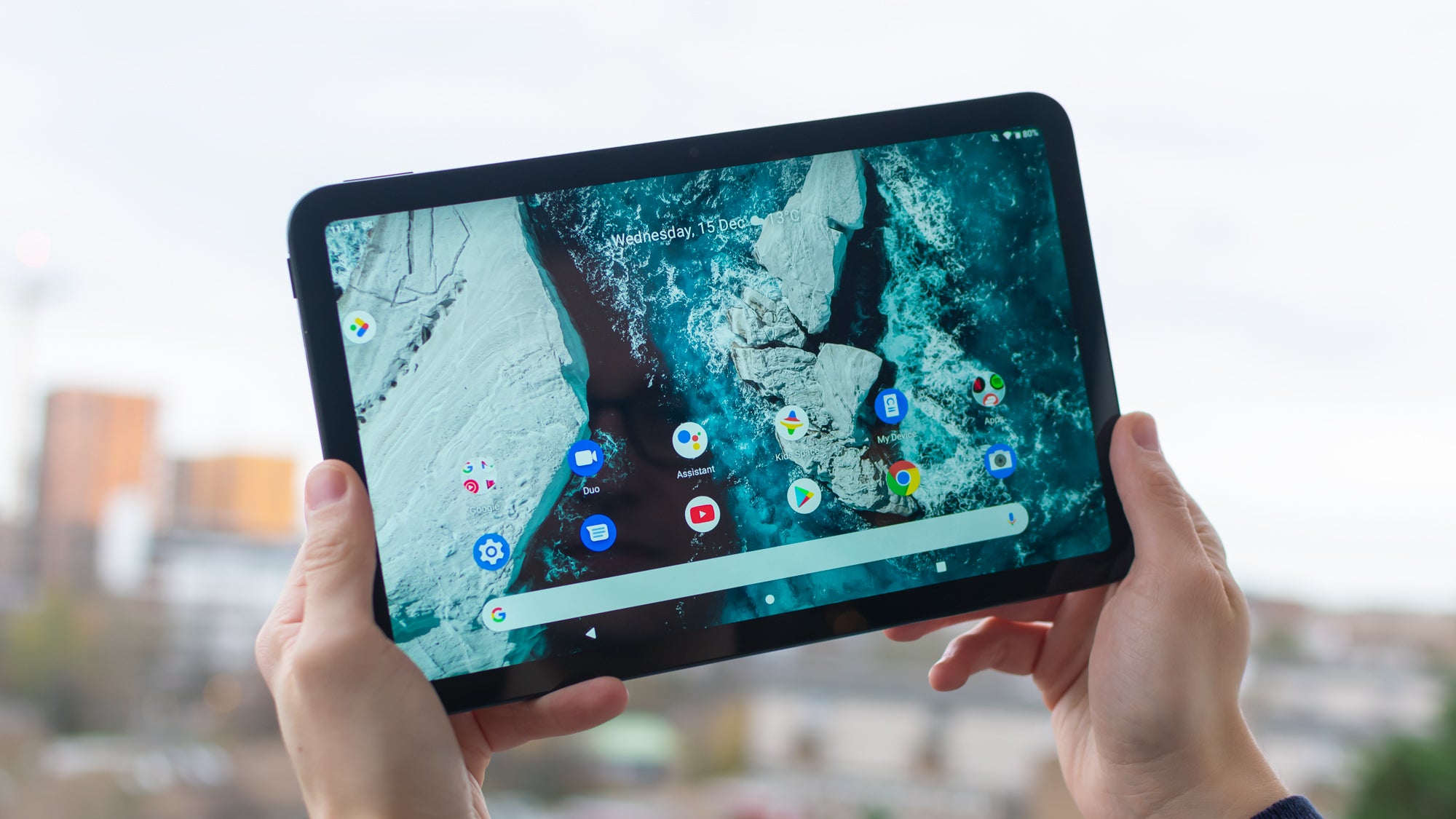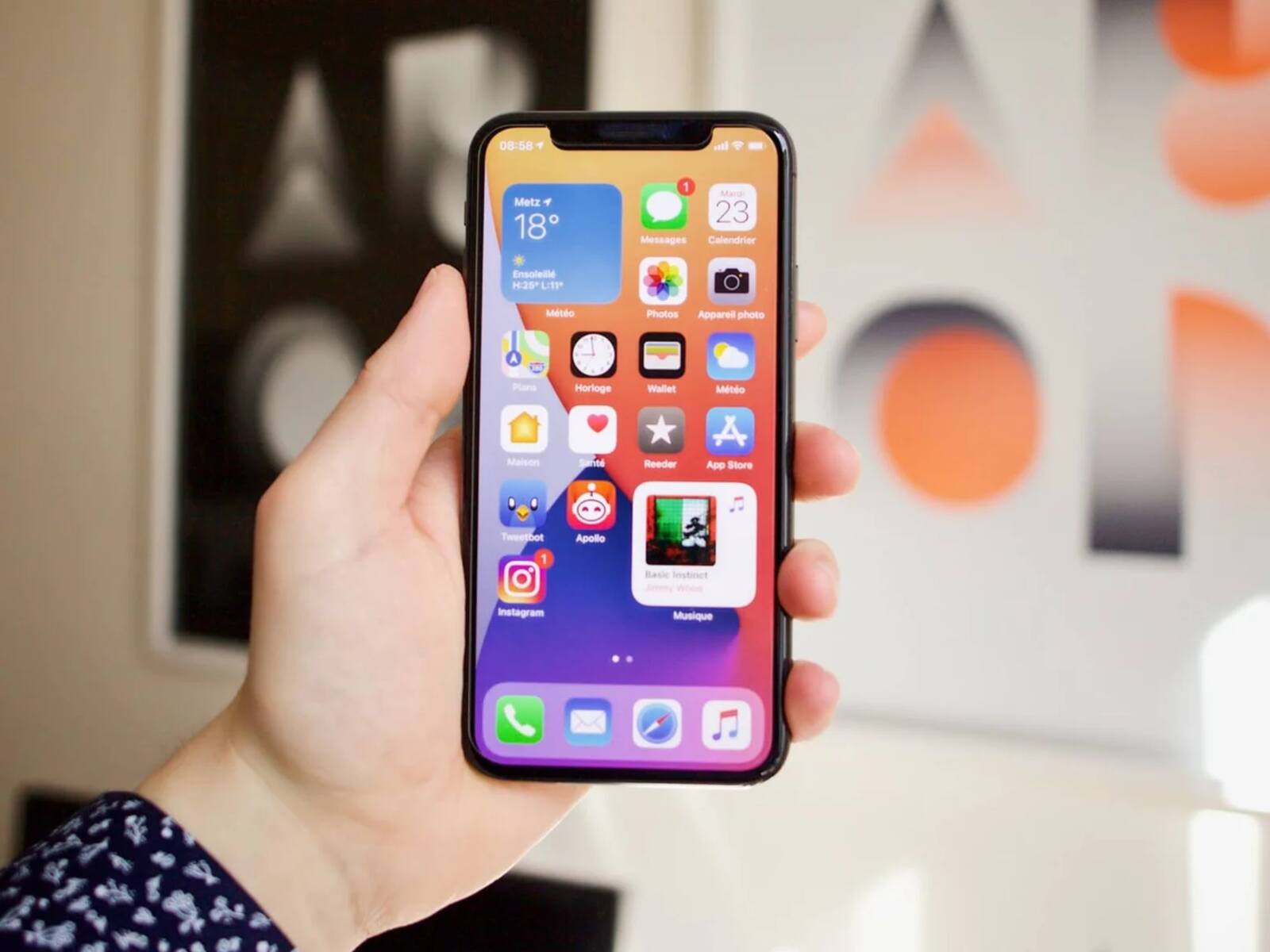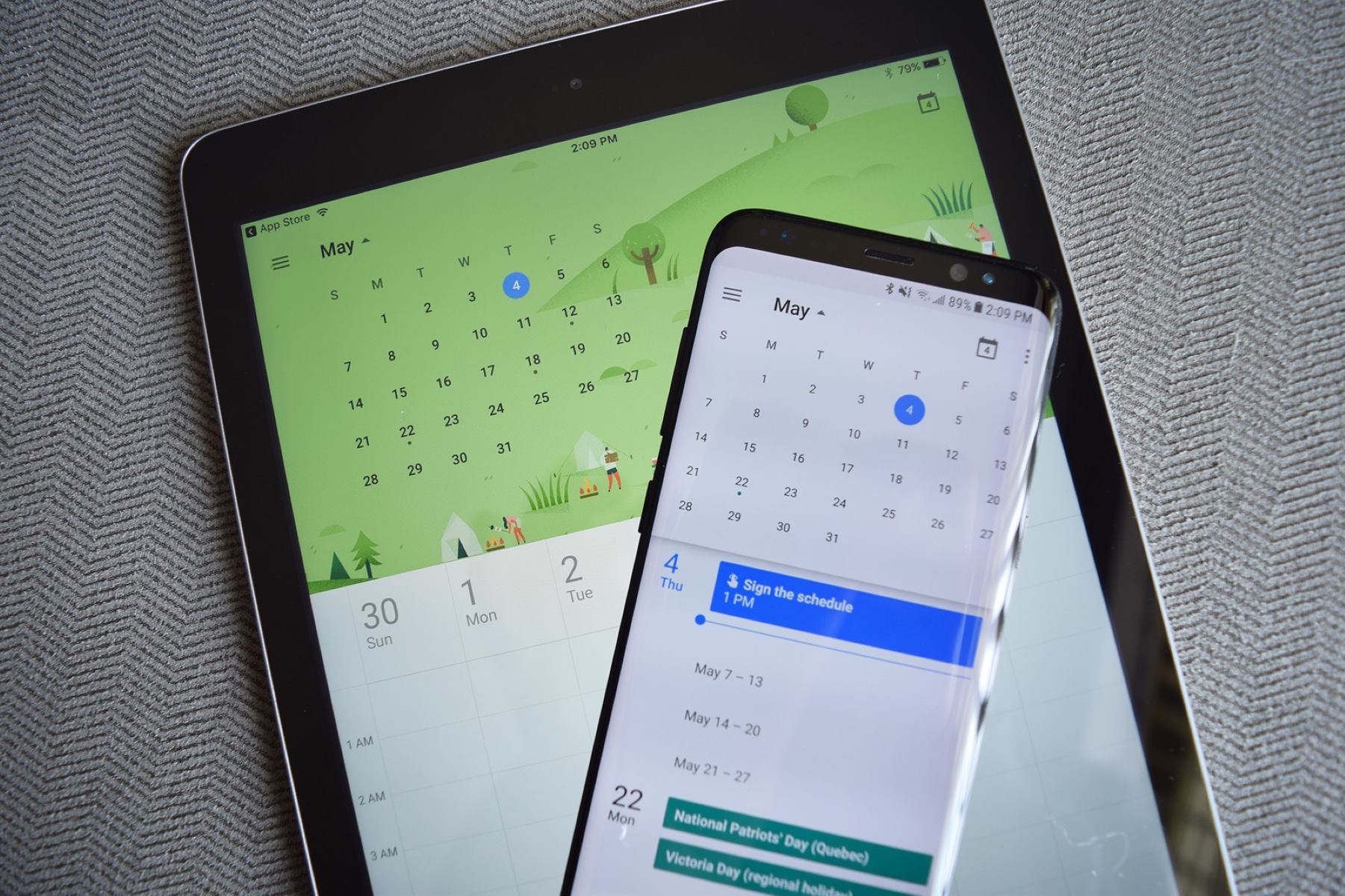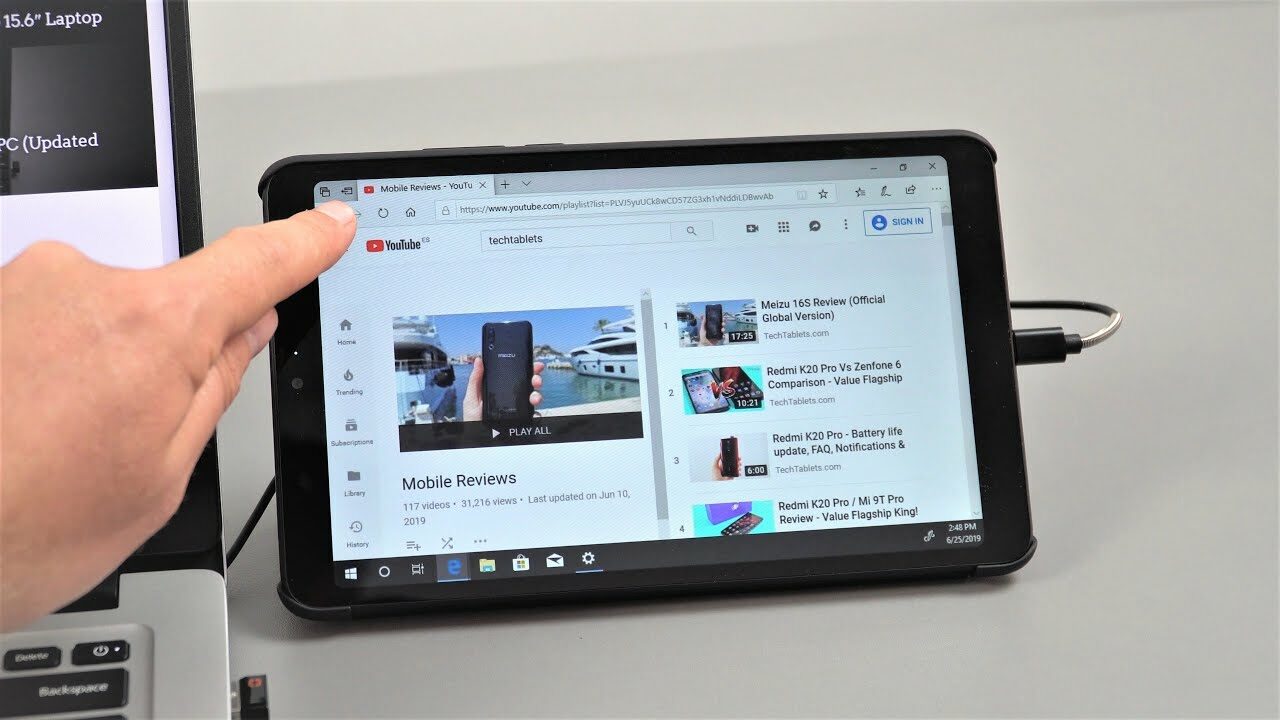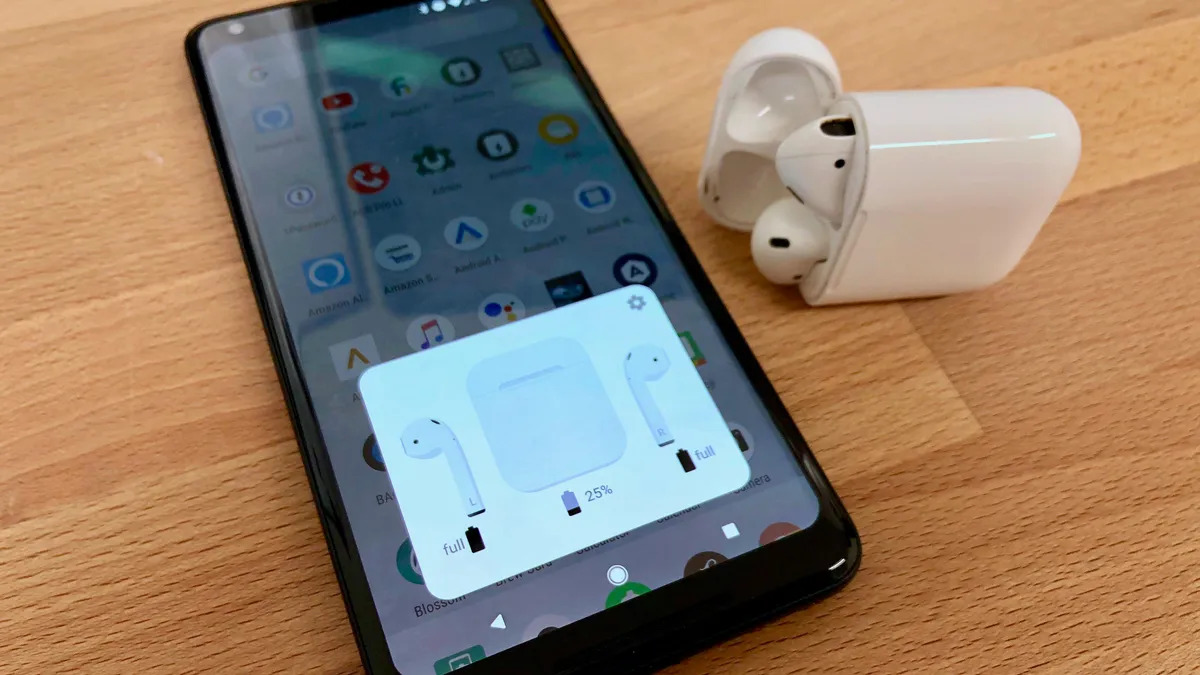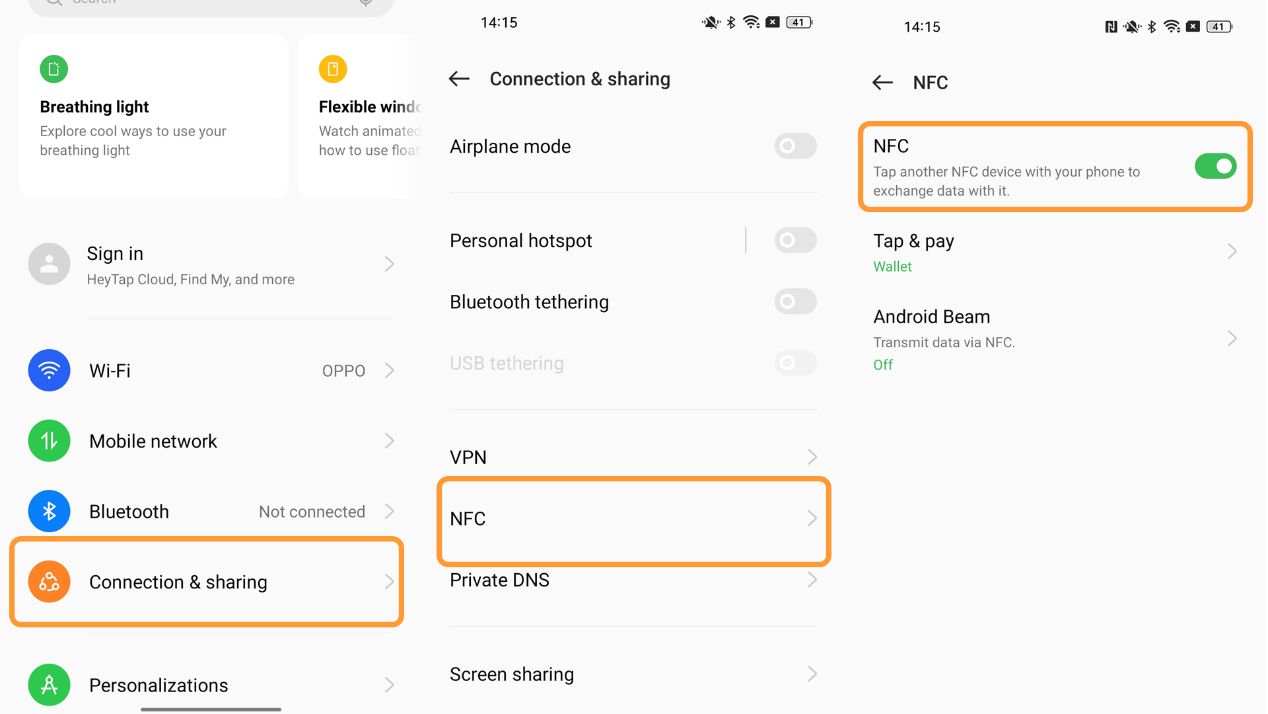Introduction
Welcome to our guide on how to get widgets on your Android device. If you’re new to the world of Android, you may be wondering what exactly a widget is and how you can make the most of it. Well, you’ve come to the right place.
Widgets are small applications that provide quick access to certain features or information directly from your home screen. They come in various shapes and sizes, offering a wide range of functionality to enhance your Android experience.
Whether you want to keep track of the weather, view your calendar events at a glance, control your music playback, or even monitor your fitness progress, widgets can make your life easier and more convenient.
Accessing and adding widgets on Android is a straightforward process, and in this guide, we will walk you through the steps. We will also share tips and tricks on how to customize your widgets and recommend some of the best widgets available for Android.
So, if you’re ready to unleash the full potential of your Android device and add some handy widgets to your home screen, let’s get started!
What Are Widgets?
Before we dive into the world of widgets, let’s take a moment to understand what they are. In simple terms, widgets are mini-applications or tools that provide specific information or functionality right on your Android device’s home screen.
Unlike regular apps that need to be launched from the app drawer, widgets are designed to give you quick access to important information or commonly used features without the need to open an app. They act as a shortcut, displaying relevant data or allowing you to perform specific actions directly from the home screen.
Widgets can be highly customizable, allowing you to resize and rearrange them to suit your preferences. They come in various forms, such as a clock widget that shows the current time and date, a weather widget that displays weather conditions and forecasts, or a music player widget that lets you control your favorite tunes without opening the music app.
Not only do widgets save you time by eliminating the need to navigate through multiple screens or apps, but they also provide real-time information at a glance. Whether it’s checking the latest news headlines, tracking your fitness data, or monitoring your social media updates, widgets bring convenience and efficiency to your Android experience.
Widgets can be added to your Android device’s home screen by accessing the widget options, which we will discuss in the next section. With a wide range of widgets available on the Google Play Store, you can customize your home screen to suit your personal needs and preferences.
Now that we have a better understanding of what widgets are and how they can enhance your Android experience, let’s explore how to access and add widgets to your home screen.
How to Access Widget Options on Android
Adding widgets to your Android device’s home screen is a simple process. To begin, you’ll need to access the widget options. The steps may vary slightly depending on the Android version and device manufacturer, but the general process remains the same.
Here’s how to access widget options on your Android device:
- Long-press on an empty space anywhere on your device’s home screen. This will bring up a menu or options screen.
- Look for an option such as “Widgets,” “Add Widgets,” or a similar label.
- Tap on the “Widgets” option to open the widget menu.
Once you’ve accessed the widget options menu, you’ll be presented with a list of available widgets that you can add to your home screen. These widgets may include clocks, weather information, calendars, music players, social media feeds, and much more.
Browse through the widget options and choose the one that you’d like to add to your home screen. You can tap on a widget to see a preview, which will give you an idea of its appearance and functionality.
After you’ve made your selection, simply tap and hold on the widget, then drag it to the desired location on your home screen. You can move it to a different home screen panel or even place it in a folder, depending on your device’s settings.
Once you’ve placed the widget on your home screen, you can release your finger to drop it into position. The widget will now appear on your home screen, ready for you to interact with it.
That’s all there is to accessing widget options on your Android device. The process may be slightly different on certain devices or launcher apps, but the overall concept remains the same. Now, let’s explore how to customize the size and placement of widgets on your home screen.
Adding Widgets to Your Home Screen
Adding widgets to your Android device’s home screen allows you to have quick access to important information and features without having to open specific apps. It’s a convenient way to customize your home screen and optimize your device’s functionality. Here’s how you can add widgets:
- Long-press on an empty space on the home screen. This will bring up a menu or options screen.
- Select the “Widgets” option from the menu. This will open the widget options.
- Browse through the available widgets and choose the one you want to add. You can preview the widget’s appearance and functionality before selecting it.
- Tap and hold the widget you want to add, then drag it to the desired location on your home screen.
- Release your finger to drop the widget into place.
Once added, the widget will appear on your home screen, ready for use. Some widgets may require additional configuration or setup to fully function. For example, a weather widget may ask for your location or preferences. Follow the on-screen instructions to complete the setup process.
It’s important to note that the available widgets may vary depending on the apps installed on your device. Some apps come with their own widgets, while others may require you to install a separate widget app from the Google Play Store.
You can customize your home screen by adding multiple widgets and arranging them in a way that suits your preference. Experiment with different widgets and their sizes to create a personalized and efficient home screen setup.
Now that you know how to add widgets to your home screen, let’s explore how you can customize the size and placement of these widgets.
Customizing Widget Size and Placement
One of the great features of widgets on Android is the ability to customize their size and placement on your home screen. This allows you to optimize your home screen layout and make the most efficient use of the available space. Here’s how you can customize widget size and placement:
- Long-press on the widget you want to customize. This will activate the widget editing mode.
- Release your finger, and you will see a frame appear around the widget with handles or dots at the corners.
- To resize the widget, tap and hold one of the corner handles, then drag it inward or outward to increase or decrease the widget’s size.
- To move the widget to a different location on the home screen, tap and hold anywhere on the widget (not on the handles), then drag it to the desired position.
- If you have multiple home screen panels, you can also swipe left or right to navigate to a different panel and place the widget there.
- Release your finger to drop the widget into the new position or size.
Keep in mind that not all widgets can be resized. Some widgets have fixed sizes determined by the app developer, while others are more flexible and allow for customization. You can experiment with resizing widgets to find the perfect balance between functionality and screen real estate.
Furthermore, you can group related widgets together or organize them in folders to declutter your home screen. To create a folder, simply drag one widget onto another. You can then access the folder by tapping on it, revealing the widgets inside.
Customizing widget size and placement gives you the flexibility to design your own personalized Android home screen that suits your needs and preferences. Take some time to play around with different layouts and find the arrangement that works best for you.
Now that you’ve learned how to customize widget size and placement, let’s explore how to remove widgets from your home screen.
Removing Widgets from Your Home Screen
If you no longer need a widget on your Android device’s home screen or want to make room for new ones, you can easily remove them. Removing widgets helps keep your home screen organized and clutter-free. Here’s how you can remove widgets:
- Long-press on the widget you want to remove. This will activate the widget editing mode.
- Drag the widget towards the top or bottom of the screen where a “Remove” or “Delete” option appears.
- Drop the widget onto the “Remove” or “Delete” option. The widget will be removed from your home screen.
Alternatively, you may also see a trash bin icon or an “X” button while in widget editing mode. You can drag the widget to the trash bin or tap the “X” button to delete it. The specific removal method may vary depending on your Android version or device manufacturer.
It’s important to note that removing a widget from your home screen does not uninstall the app associated with that widget. It simply removes the widget itself, allowing you to free up space or rearrange your home screen to your liking.
If you accidentally remove a widget and want to re-add it, you can follow the steps outlined in the previous sections to access the widget options and add it back to your home screen.
Now that you know how to remove widgets from your home screen, let’s move on to some tips and tricks for using widgets effectively.
Tips and Tricks for Using Widgets
Widgets can greatly enhance your Android experience, providing quick access to information and functionality right from your home screen. To make the most of widgets, here are some useful tips and tricks:
- Customize your widget layout: Experiment with different widget sizes, placements, and arrangements to create a personalized home screen that suits your needs.
- Use widget folders: Group related widgets together in folders to save space and keep your home screen organized. Simply drag one widget onto another to create a folder.
- Explore third-party widgets: In addition to the pre-installed widgets, check out the wide range of third-party widgets available on the Google Play Store. These can offer additional functionality and customization options.
- Stay updated with widget updates: Keep your widgets up to date by regularly checking for updates in the Google Play Store. Developers often release updates to improve performance and add new features.
- Minimize battery usage: Some widgets can consume battery power, especially those that constantly update with real-time information. Consider disabling or limiting the frequency of updates for widgets that you don’t need to use frequently.
- Organize widgets based on usage: Place the widgets you use most frequently on your main home screen for easy access. Rearrange or remove widgets that you no longer use to streamline your home screen.
- Utilize widget options: Many widgets have additional options that allow you to customize their appearance or functionality. Explore these options to personalize your widgets and tailor them to your preferences.
- Backup and restore widget settings: If you’re switching to a new device or resetting your current one, be sure to backup your widget settings. Some launcher apps and backup solutions offer the ability to save and restore widget configurations.
By following these tips and tricks, you can optimize your use of widgets and create a visually appealing and efficient home screen setup.
Now that you have a better understanding of how to use widgets effectively, let’s explore some of the best widgets available for Android.
Best Widgets for Android
Android offers a vast selection of widgets from various developers, providing a wide range of functionality and customization options. While the best widgets for Android may vary depending on personal preferences and needs, here are some highly recommended ones:
- Google Clock: This widget offers a simple and elegant way to display the time and set alarms. It also has a built-in timer and stopwatch.
- Google Calendar: Stay organized with the Google Calendar widget, which provides a quick view of your upcoming appointments and events.
- Weather Underground: Get accurate and detailed weather information with the Weather Underground widget. It provides forecasts, current conditions, and severe weather alerts.
- Spotify: Control your music playback and see the currently playing song with the Spotify widget. It offers easy access to your favorite playlists and music controls.
- Google News: Stay up to date with the latest news headlines and personalized news recommendations with the Google News widget.
- Fitbit: For fitness enthusiasts, the Fitbit widget displays your activity, step count, heart rate, and more. It helps you track your fitness goals and progress.
- Google Keep: Keep your notes and to-do lists handy with the Google Keep widget. It allows you to quickly jot down ideas and reminders on your home screen.
These are just a few examples of the best widgets available for Android, but there are countless others to explore. Remember to check the Google Play Store for widgets related to your specific interests and needs, such as gaming, social media, finance, and more.
Choose widgets that align with your daily routine and preferences to create a customized home screen that enhances your productivity and enjoyment. Don’t be afraid to experiment and try out different widgets to find the perfect combination for you.
Now that we’ve explored the best widgets for Android, let’s wrap up this guide.
Conclusion
Widgets are a powerful feature of Android devices that allow you to access important information and perform actions directly from your home screen. By following the steps outlined in this guide, you can easily add, customize, and remove widgets to create a personalized and efficient home screen setup.
Remember to explore the wide range of widgets available on the Google Play Store, including those from popular apps like Google Clock, Google Calendar, Weather Underground, and Spotify. These widgets can enhance your Android experience and provide quick access to the information and functionality you need.
Customizing widget sizes and placements allows you to optimize your home screen layout, while using folder options helps keep your widgets organized and easily accessible. Additionally, consider following the tips and tricks mentioned in this guide to make the most of your widgets and minimize battery usage.
Don’t be afraid to experiment and find the best combination of widgets that suit your needs and preferences. With the ability to add, customize, and remove widgets, you have the flexibility to create a home screen that reflects your lifestyle and enhances your daily routine.
We hope this guide has provided you with valuable insights and guidance on how to get the most out of widgets on your Android device. Enjoy the convenience and efficiency that widgets bring to your mobile experience!









